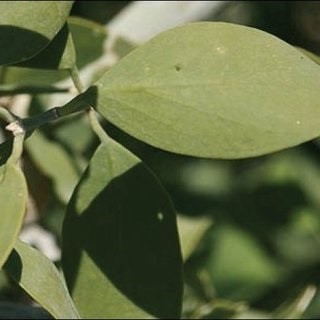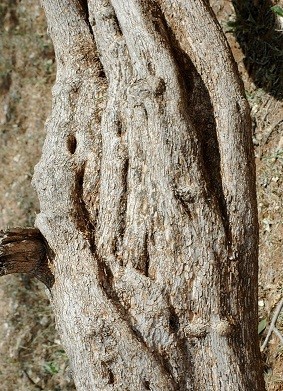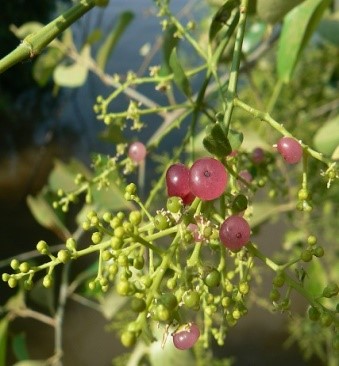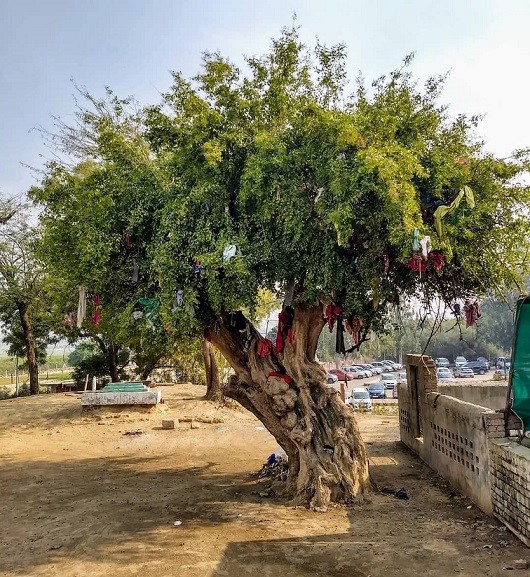Trees
Salvadora persica
Salvadora persica
Description :
This
plant is a large, well-branched evergreen shrub or small tree with the height
of 5 to 7 meters, having soft whitish yellow wood, its bark is of old stems
rugose, branches are numerous. Leaves are somewhat fleshy and 3 to 7 cm long by
2 to 4 cm broad in size. The flowers are greenish yellow in color, in axillary
and terminal compound lax panicles of about 4 to 13 cm long. Calyx is 1.2 mm
long, glabrous and has rounded lobes. Corolla is very thin, and it is about 3
mm long, deeply cleft, persistent, lobes are 2.5 mm long, oblong, obtuse, and
much reflexed. Stamens are shorter than corolla. Drupe is 3 mm in diameter,
globose, smooth and becomes red when ripe. The flowers of the plant are small and fragranced.
Distribution :
The
plant is native to the Middle East and Africa. It can be found in the western
region of Pakistan which is Balochistan province. It grows better in desert
floodplains, riverbanks, and grassy savannahs. It has high tolerance for salty
soils. It prefers ready access to groundwater.
Uses :
The stick of the plant is
known as miswak. It is popular for teeth cleaning throughout the Arabian
Peninsula, Iranian Plateau, as well as the wider Muslim world. The fresh leaves
are used in traditional plant and can be eaten as part of a salad. The flowers
are used as a stimulant and are mildly purgative. The berries of the plant are
eaten both fresh and dried. The wood of the plant can be used for charcoal and
firewood.
(Orwa et al., 2009)



